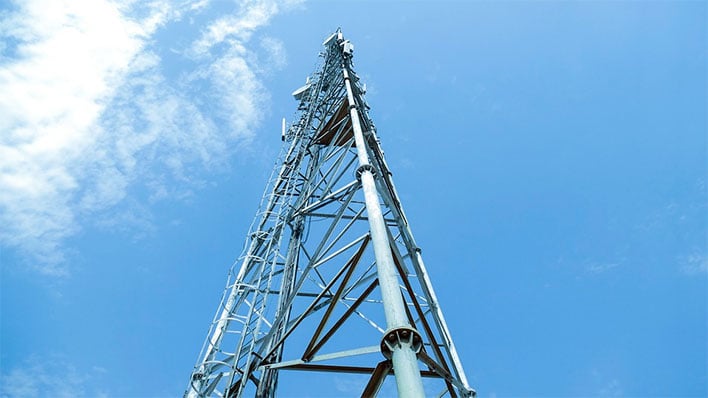If you've ever wandered through a town you might have noticed tiny mini 5G cell towers on street light poles. They look like small boxes, but they're actually broadcasting wireless signals from cellular providers to your phone.
They are replacing larger built cell towers. Although they're not as visible, they still can create problems for those who live nearby.
The FCC's Radiation Exposure Thresholds
The FCC's Radiation Exposure Thresholds establish the safe limit at which an individual can be exposed to electromagnetic energy from wireless devices. The exposure limits are based upon scientific research which show that the energy of RF could cause harm to health.
https://zenwriting.net/groundronald0/what-lengths-can-you-go-coming-from-a-5g-portable-tower-without-staying-unsafe of absorption called the specific absorption rate (SAR) is an indication of the amount of radiofrequency energy that is absorption by tissues. It is typically 1.6 Watts per kilogram spread over a gram of tissue.
Since 5g is able to transmit at higher frequencies, it has the potential to cause greater energy intensity on the skin as well as other body areas. This could lead to various possible harms, such as an increase in development of skin diseases such as dermatitis, cataracts and skin cancer.
Due to the possible harmful effects of radiation from 5G, PSU has chosen to create a general power density limit of 4 mW/cm2 measured over 1 cm2, and never to exceed 30 minutes, for the entire 5G spectrum at 3000 GHz. This localized limit is consistent with the highest spatial-average SAR of 1.6 W/kg, which is averaged over 1 g of tissue at 6 GHz.
The FCC's Maximum Exposure Thresholds for Maximum Exposure
If you've ever used a cell phone, then you're aware that a safe location from the tower is around 400 meters away. This is because the power of transmission from a cell tower increases dramatically the farther you are from it.
While it sounds like an ideal idea but the truth is that those living close to towers could be more susceptible to health issues. For example, a study from 2014 in India discovered that people living within 50 meters of cell towers had significant more health issues than those who lived farther far from antennas.
However, what is a safe distance from a 5g cell tower showed that residents who moved to areas that were further from cell towers experienced their symptoms improve within a couple of days. Another study has shown that exposure to high frequencies of radiofrequency electromagnetic fields (EMFs) can lead to cancer, brain tumors, and other health problems.
This is due to the fact that RF radiation, which is utilized in wireless communications, may be absorbed by the body's outer layer of skin. This is important to understand because the skin acts as a protective barrier against injuries caused by mechanical forces, infections caused by pathogenic microorganisms and entry of toxic substances. Additionally, it is the biggest organ of the human body, and is accountable for protecting other organs.
The FCC's Minimum Exposure Thresholds for the Minimum Exposure
The FCC's Minimum Exposure Thresholds are based on several assumptions that are not supported by scientific evidence. This includes the false assumption that short-term exposures to RF radiation are safe due to minimal penetration into the body (i.e. the heating of tissues).

The assumption also ignores the deeper penetration of the ELF parts of modulated RF signals as well as the consequences of short bursts of heat from pulsed RF waves. These theories are not compatible with current knowledge of the biological consequences of RF radiation, and thus they shouldn't be relied upon for health-protection exposure guidelines.
Furthermore there is the fact that both ICNIRP and FCC limit their maximum exposure limits to local peak SARs that are based on the peak spatial specific absorption rate (psSAR), which can be described as an inadequate dosimetric tool to assess the amount of exposure to RF radiation. In Additional info , psSAR is inaccurate for frequencies above 6 GHz. In addition, psSAR is not been tested for RF radiation with co-exposure to other environmental agents , such as sunlight. Interactions of RF radiation with other agents in the environment could produce synergistic or antagonistic impacts. This could result in an increased risk of negative health effects. For example, co-exposure to RF radiation with sunlight may cause an increase in the incidence of developing skin cancer, and may also exacerbate other skin disorders, such as acne.
